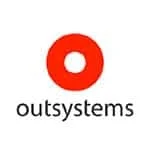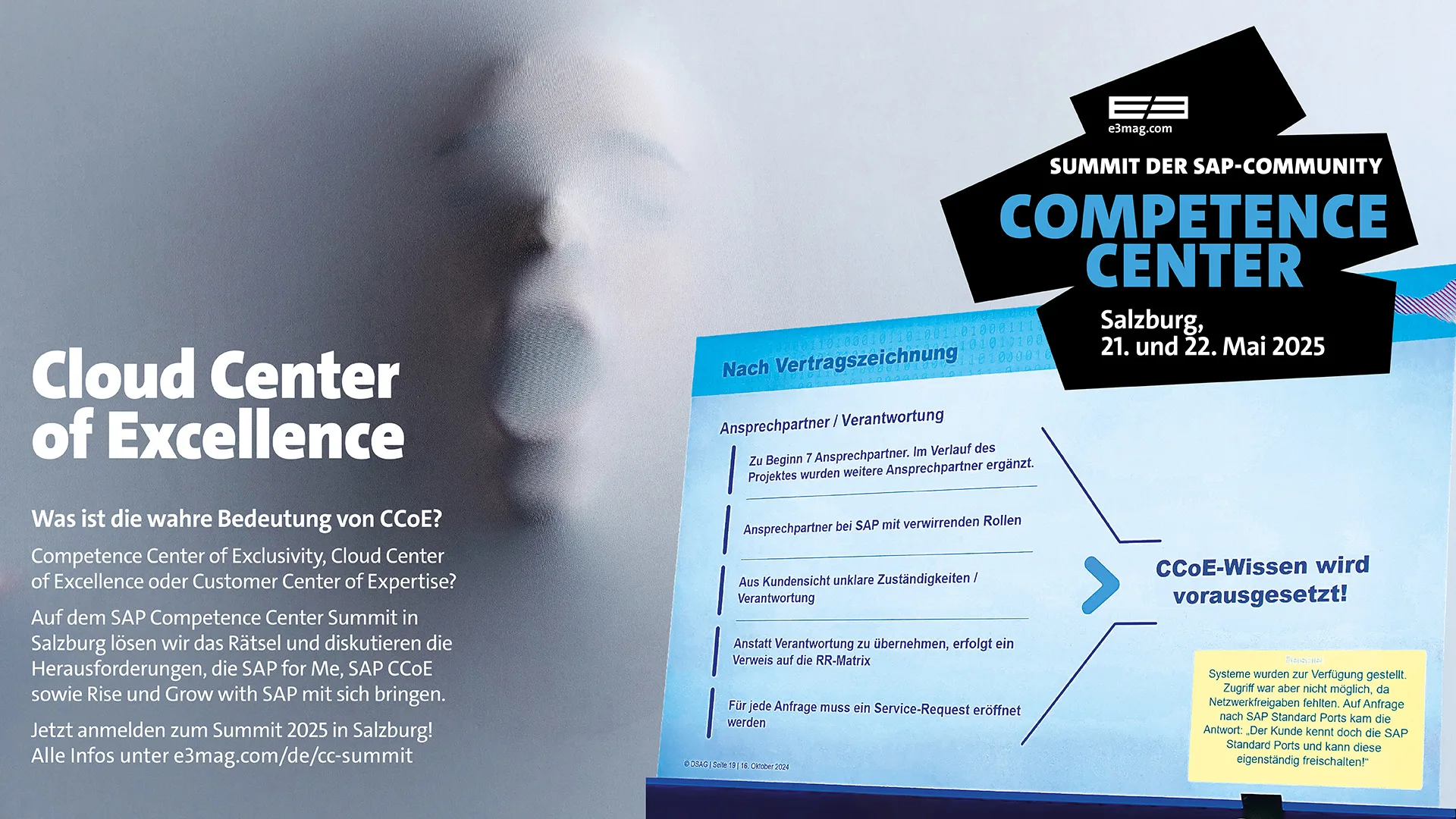The Lack of Agility in Companies Is aTruck on the Race Track


SAP extension via low code
Dutch IT consultant and software development specialist NovioQ has found a recipe for how customers can turn their bulky software truck into a sports car: through individual SAP enhancements via low-code.
“In almost every company, we find some loophole through which we can directly access the production environment and gain complete control over the system,” reports Roy Van de Kerkhof, Chief Technology Officer of NovioQ. “On the other hand, even the smallest changes to the SAP production system often have to go through dozens of security loopholes before they can go live. This example illustrates the double standards that companies frequently apply in terms of rigor of protection and control. In addition to negative security implications, agility often suffers as a result.”
Agility, however, is a critical factor that can make the difference between success and failure in today’s competitive environment. Innovations must be brought to market before competitors catch up. Internal systems must operate at the highest possible efficiency and be precisely tailored to the company’s individual processes to promote what makes the company unique. Such special features often require the system and application standards to be adjusted.

Accordingly, the impetus for change usually comes from corporate departments themselves. However, as software development is still based on the waterfall model in many companies, it is often difficult to implement agile processes across the board. Even if a company works agile, SAP changes are still tied to internal procedures such as ticketing. Scrumming is also almost never used in SAP practice in NovioQ’s experience. It is therefore necessary to find a way to move to a hybrid way of working. This could be, for example, to implement the required enhancements outside of SAP—for example, with the help of low-code—in an agile, fast, and simple manner and then connect them to SAP. In this way, innovative new features are outsourced to a parallel development track, while SAP itself remains the proven, high-performance core of the business processes.
Agile at the waterfall
Accordingly, the impetus for change usually comes from the company departments themselves. However, since development in many companies still takes place in the waterfall model, it is often difficult to implement agile processes across the board. And even when a company is working agilely, it is not uncommon for SAP changes to continue to be internally tied to procedures such as ticketing. In NovioQ's experience, scrumming is also almost never used in SAP practice. It is therefore necessary to find a way to move to a hybrid way of working. This could be, for example, to implement the required enhancements outside of SAP - for example, with the help of low-code - in an agile, fast and simple manner and then connect them to SAP. In this way, innovative new features are outsourced to a parallel development track, while SAP itself remains the proven, powerful core of the business processes.
The advantage of low-code technology is that it enables development processes to be based on visual modeling. Christoph Volkmer, Regional Vice President of the low-code specialist OutSystems, a NovioQ partner, describes this as follows: “Functions and processes of the planned application are compiled visually in the development environment using drag-and-drop. Manual writing of software code is thus not necessary. This significantly speeds up the development process and greatly simplifies the application maintenance.”

Consequently, a low-code platform can be used to create custom-fit mobile or web applications that fully integrate with SAP. They can be developed or edited within the framework of agile sprints. The basis for this, for example, is formed in OutSystems by numerous standard and user-defined SAP functions based on the so-called BAPI interfaces from SAP, which users can access in the platform. For example, NovioQ was able to develop a solution for a well-known international customer’s international financial service center in just ten weeks. This solution connects the separate SAP systems of all branches in different countries, thus ensuring consistent, automated processes and, among other things, reducing the average time for a posting in the general ledger from weeks to hours.
Prove rather than claim
For many companies, however, relying on low-code for rapid customization of SAP is not a no-brainer. The challenge is to convince management and employees of the technology—ideally by developing initial applications that benefit the company and demonstrate speed and practicality. “One of our customers wanted to provide resellers with a sales application,” recalls the NovioQ CTO. “With the OutSystems platform, we were able to build an application to extend SAP in just six weeks—and with less than two developers. The solution is fully integrated with SAP, has access to all orders, and can initiate deliveries or check stock levels. Word of this success spread all the way to management, securing the necessary backing for further projects.”
Another argument in favor of SAP’s external customization via low-code is that it also allows companies to create an optimal starting point for taking the step into the S/4HANA future. By separating existing customizations from the SAP standard and replacing them with the help of low-code, it is possible to return to a clean standard version of SAP, which can then be transferred to the S/4HANA world. “One of our Belgian customers is following such a ‘clean core’ strategy to migrate to HANA,” Van de Kerkhof reports. “To do this, we built, among other things, a custom vendor portal in low-code, where vendors can generate order confirmations, confirm delivery dates and prices, and send shipping notifications. Such a solution can also be purchased on the market, but the cost of developing it in-house using low-code was only a fraction of an annual license.”
In addition to the financial benefits, this also results in a product that precisely meets the customer’s requirements and may not need to be extensively customized after implementation. “We know companies that spend several hundred thousand euros annually on a solution of which they use just ten percent,” confirms Christoph Volkmer. “Creating a custom-fit solution with low-code yourself can definitely pay off. At the same time, companies invest in the future with a low-code development platform: While they can only use an invoice workflow solution for its dedicated purpose, for example, once they have licensed a development platform, they can create many other solutions for a wide variety of application areas.”
Sports car instead of truck
According to Van de Kerkhof, however, it is important to view the modernization process as a holistic project so that agility gained is not undone at other process stages. For example, many companies have a policy that OData must be used to communicate with SAP. This is possible in OutSystems, but the solution also offers an RFC connector that can be used to implement corresponding functions much faster.
A good compromise here can be to start with the fast RFC variant and then replace it with the desired OData variant as soon as the process is running stably, so nothing stands in the way of the fastest possible time-to-market, while at the same time existing requirements are complied with. “In such cases, we advise our customers to be pragmatists,” Van de Kerkhof concludes. “That’s exactly how companies become agile enough to run their SAP system like a racing rather than a truck driver.”









